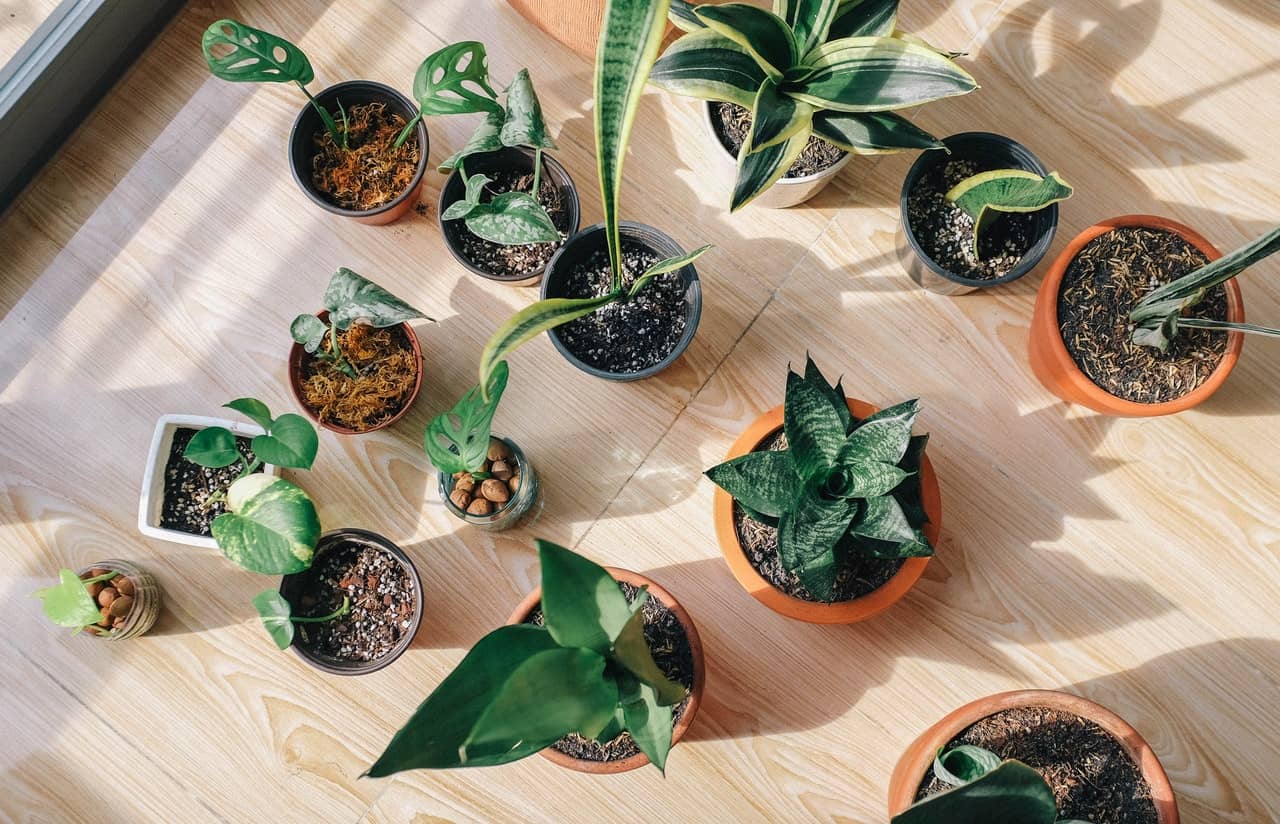There are a bunch of variables when planning a garden. First there’s just thinking through vegetables you want to grow, what you’re going to do with them, and how much you need to grow.
Then there’s the issue of climate and how the weather will affect your final choice of vegetables. But once you’ve worked through these foundational issues, there’s the practical matter of putting your plans on paper.
For us and our gardens, it always comes down to three key variables when moving from theory to practice and getting our hands in the dirt: picking the right varieties to plant, deciding when to plant and harvest, and pacing your planting to maximize yield from your limited space.
In this blog post, we’ll deal with all three. [If you want to know more about planning your garden or climate, you can find our articles about those topics here, here, and here.]
Key #1: Finding the Varieties Suited to Your Area
So you’re ready to start getting your plans on paper, but as soon as you open the seed catalog, confusion strikes. Yikes!
You want to grow your own corn, tomatoes, lettuce, and carrots — but what kind?
Good question. Been there, done that. You’re going to find so many varieties. It can be very difficult to choose the right one.
Where a large number of varieties are available (as with corn or tomatoes) or where success depends as much on growing conditions as on variety (as with onions), your best bet is to get in touch with your local Cooperative Extension Service.
The service’s experts will be able to tell you exactly which varieties will do best in the growing conditions that exist in your part of the country.
Guaranteed Varieties: The All-America Selection
Another way to find the most reliable varieties for your area is through the All-America Selections.
This is a nonprofit organization of professional horticulturalists who develop and promote new varieties of vegetables and flowers.
The organization awards gold, national and regional winner designations to vegetable varieties that have been proven to produce reliable results in most areas of the United States.
If a vegetable is listed in your seed catalog as an All-America Selection, you can be sure that it has been tested by growers all over the country and that it’s a good bet for your own garden.
The organization does not bestow its seal of approval lightly — only one or two vegetable varieties win a gold medal in a given decade.
Experiment with Different Varieties
Remember, too, that you don’t always have to play by the rules.
You can plant more than one variety of a vegetable and decide for yourself which one is best suited to your palate and your garden. You can also extend your harvest by planting varieties that mature at different times.
Experimenting is a good part of the fun of growing a vegetable garden.
Key #2: When to Plant and When to Harvest
Selecting the varieties you’re going to grow gives you some hard information with which to work. You now know when to plant your vegetables.
Now is the time to decide whether to use seeds or transplants. Transplants are young plants started from seed indoors or in a warm place (like a hot frame) and planted in the garden when the weather’s warm enough.
By planting transplants you can often get a head start on your growing season and avoid some of the limitations placed on you by your area climate. Not all vegetables, however, take kindly to being transplanted.
It’s important to plan your planting dates accurately. It’s also important to know when your crop will be ready for harvest.
The number of days it takes a plant to reach maturity varies according to type and to varieties within a type. Each vegetable variety has its “days to maturity” listed in the seed catalog.
Take a calendar, and see how the dates fall for the crops you’re thinking of growing. For instance, “jade Cross Hybrid” Brussels sprouts take 95 days to maturity. They’re very hardy, so you can plant them six weeks before your last spring frost.
If your area expects its last frost at the end of April, you can plant your Brussels sprouts in the garden in mid-March, and they’ll mature in mid-June.
They’re a cool-season vegetable, so as long as the weather in your area won’t be sizzling hot by mid-June, you should do well with them.
In this way, work out all the dates on which you can expect to harvest your vegetables, and make a list of them. This will give you a chance to make changes if, despite all your planning, you’ve got too large a crop maturing at the same time. It will also give you some ideas about “pacing” your crop.
Key #3: Pacing Your Harvest for Best Yield
Deciding when to plant involves more than avoiding killing frosts. It also means pacing your planting so you get maximum yields from limited space.
You can harvest some crops gradually, enjoying them for a long period of time; others mature all at once. This takes careful planning.
You have to have a good idea of how long it will take your vegetables to mature and how long the harvest will last. It will also take some self-control. The temptation to plant rows of everything at once is great.
Planting Short Rows
Planting short rows.A simple way to pace your harvest is to plant only short rows or partial rows. Planting short rows is probably easier; you may feel more comfortable with a complete row, even if it is short.
A 10-foot row looks short, but 10 feet of radishes ready to eat at once is more than most people can handle.
Ten feet of parsley or garlic may be more than enough for the whole neighborhood. You can freeze parsley and dry the garlic, but what can you do with all those radishes?
Unwanted excesses of crops can be avoided if you divide your seeds into groups before going out to plant. Put them in “budget” envelopes to be planted on definite dates later on in the season but before the early crops are harvested.
For instance, plant lettuce every two weeks. This way you can have vegetables all season, rather than glut followed by famine.
Using Several Varieties
Another way to pace your harvest is to plant several varieties of the same vegetable that mature at different rates.
For instance, on the average date of last frost plant three different tomato varieties: an early variety that will mature in about 60 to 70 days; a midseason variety that will mature in about 75 to 80 days; and a late variety that will mature in about 80 to 90 days.
By planting these three varieties on the same day you have spread your harvest over a 30- to 50-day period, instead of a 10- to 20-day period.
Succession Planting
With careful planning you may also be able to save garden space and get two or more harvests from the same spot by succession planting.
After early-maturing crops are harvested, you clear a portion of the garden and replant it with a new crop. Plant so that cool-season crops grow in the cooler part of the season, and warm-season crops can take advantage of warmer weather.
One example of succession planting is to start off with a fast-growing, cool-season crop that can be planted early—lettuce, spinach, and cabbage (cole) family vegetables are good examples. Replace these by warm-weather crops like New Zealand spinach, chard, corn, okra, and squash.
Then in fall make another planting of cole crops, or put in root crops like turnips or beets.
In a small area, one simple plan is to start off with spinach, which is very hardy but hates hot weather, and replace it with heat-tolerant New Zealand spinach. Despite their different temperature requirements, the two can double for each other in taste, and you get spinach all season long.
You can also make double use of trellis space — a big plus in a small garden. Plant early peas, replace them with cucumbers, and after harvesting your cucumbers, plant peas again for a fall crop.
Companion Planting
Companion planting.This is another way to double up on planting space. This you do by planting short-term crops between plants that will take a longer time to mature.
The short-term crops are harvested by the time the longer-season crops need the extra room. A good example of this is to plant radishes between rows of tomatoes; by the time the tomatoes need the space, the radishes will be gone.
Final Thoughts
Once you’re done thinking through the “theoretical” part of your garden, you’re ready to move everything to paper. You’re getting very close to sticking your hand in the dirt. But first, you have to make some super important decisions about the nature of your garden.
There are three key variables you need to nail down before you proceed to drawing up you garden on paper: what to plant (picking a variety), when to plant it, and in what order to plant your vegetables (to maximize the growing season and yield).

